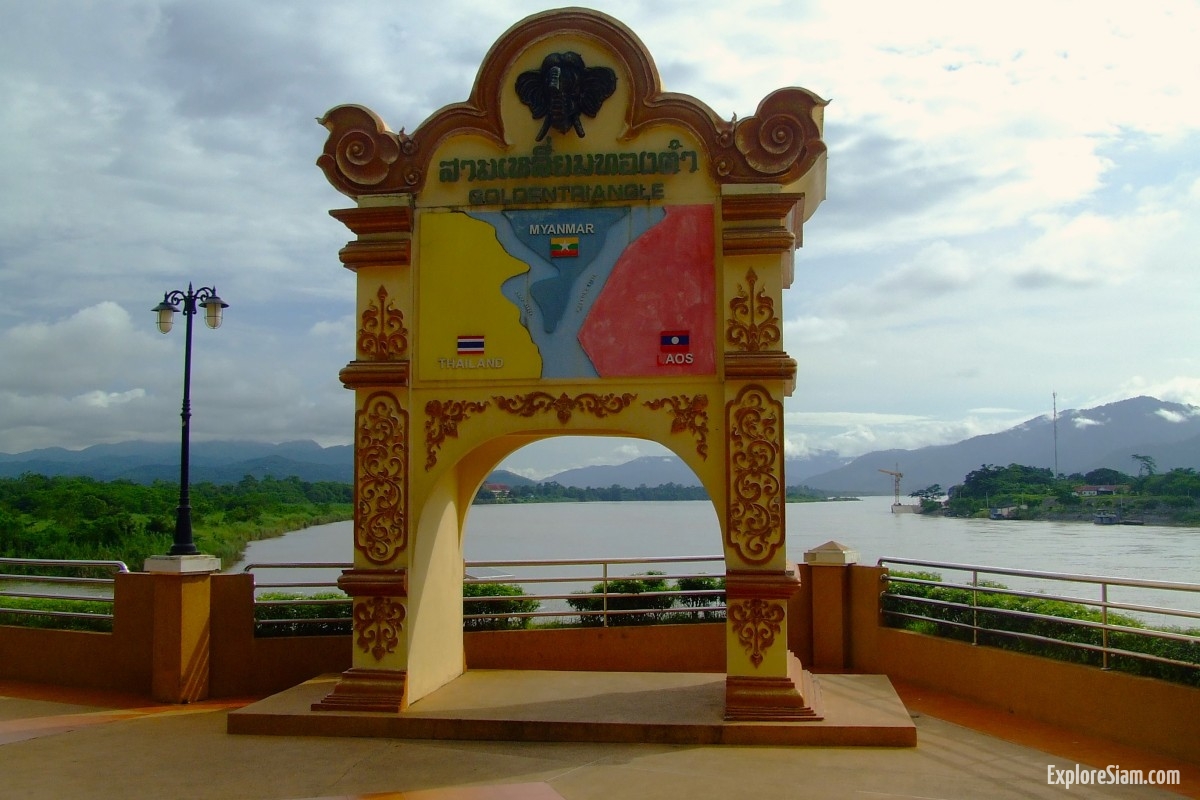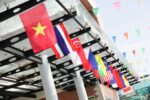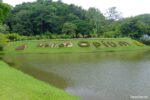Nestled in the northernmost reaches of Thailand, the Golden Triangle stands as a testament to the intricate interplay of cultures, histories, and natural beauty. This enigmatic region, where the borders of Thailand, Laos, and Myanmar converge, is a place of confluence in more ways than one. The majestic meeting of the Mekong and Ruak rivers defines this geographic triangle, but it is the convergence of diverse peoples, ancient traditions, and historical legacies that truly shapes its identity.
To understand the allure of the Golden Triangle, one must first appreciate its breathtaking landscape. The region is a mosaic of rolling hills, verdant valleys, and fertile plains, all nourished by the lifeblood of the mighty Mekong River. This river, one of the longest in the world, has been a vital artery for trade, culture, and sustenance for centuries. Its waters have carved through mountains and forests, creating a lush and vibrant ecosystem that supports a rich biodiversity and a way of life deeply intertwined with nature.
As dawn breaks over the Golden Triangle, the mists that shroud the hills begin to lift, revealing a landscape steeped in history. The region was once at the heart of the opium trade, a shadowy chapter that has left an indelible mark on its identity. The opium poppies that once blanketed these hills were the lifeblood of an illicit industry that spanned continents. The Hall of Opium Museum in Chiang Saen offers a sobering glimpse into this past, chronicling the rise and fall of the opium trade and its profound impact on the local communities.
Yet, the Golden Triangle is not defined solely by its history of opium. It is a land of resilience and transformation, where the scars of the past have given way to new possibilities. Today, the region is a thriving hub of cultural exchange and economic development, attracting travelers from around the world who seek to uncover its mysteries and marvel at its beauty. The towns and villages that dot the landscape are alive with the vibrant rhythms of daily life, from bustling markets to tranquil temples.
One of the most captivating aspects of the Golden Triangle is its rich cultural tapestry. The region is home to a diverse array of ethnic groups, each with its own unique traditions, languages, and ways of life. The Akha, Lahu, and Shan peoples, among others, have inhabited these hills for generations, their cultures shaped by the rhythms of the land and the flow of the rivers. In the villages, one can witness the intricate weaving techniques of the hill tribes, the vibrant festivals that mark the lunar calendar, and the deep spiritual practices that underpin their way of life.
The spiritual heritage of the Golden Triangle is evident in the numerous temples and shrines that grace its landscape. These sacred sites, often perched on hilltops or nestled in serene valleys, offer not only places of worship but also stunning vistas of the surrounding countryside. Wat Phra That Doi Pu Khao, with its commanding view of the Mekong, and the Golden Buddha statue in Sop Ruak, a symbol of peace and harmony, are just two of the many spiritual landmarks that invite reflection and reverence.
Modernity and tradition coexist in the Golden Triangle, creating a dynamic and evolving region. In towns like Chiang Saen and Chiang Khong, ancient city walls and ruins stand alongside contemporary cafes and guesthouses. This blend of old and new is a reflection of the region’s ability to adapt and thrive, drawing on its rich heritage while embracing the opportunities of the present. The influx of tourists has spurred economic growth, bringing new infrastructure and services, yet the essence of the Golden Triangle remains rooted in its timeless landscapes and enduring cultures.
The Golden Triangle is also a gateway to adventure and exploration. The Mekong River, with its wide, meandering course, offers a route for intrepid travelers to explore the heart of Southeast Asia. River cruises reveal the changing panoramas of the region, from remote villages and ancient temples to bustling border towns and pristine natural reserves. Trekking through the hills and forests, visitors can encounter wildlife, learn about sustainable living practices from local communities, and experience the profound connection between people and nature that defines life in the Golden Triangle.
Throughout its history, the Golden Triangle has been a crossroads, a place where paths intersect and journeys converge. This sense of confluence extends beyond geography to encompass the rich tapestry of human experience. It is a region where the past and present coexist, where ancient traditions are upheld even as new ways of life take root. The Golden Triangle is a testament to the resilience and adaptability of its people, who have weathered the storms of history and emerged with a renewed sense of identity and purpose.
In exploring the Golden Triangle, one embarks on a journey through time and space, encountering the myriad influences that have shaped this unique region. It is a place where the natural beauty of the landscape is matched by the depth and richness of its cultural heritage. Whether standing at the confluence of the Mekong and Ruak rivers, gazing at the distant hills of Laos and Myanmar, or wandering through the vibrant markets and serene temples, visitors are reminded of the profound interconnectedness of our world.
The Golden Triangle, with its intricate web of histories and cultures, invites us to look beyond borders and see the shared humanity that unites us. It is a place of encounter and exchange, where the stories of the past inform the possibilities of the future. In this remarkable corner of the world, the journey of discovery is never-ending, and each step reveals new layers of understanding and connection.





